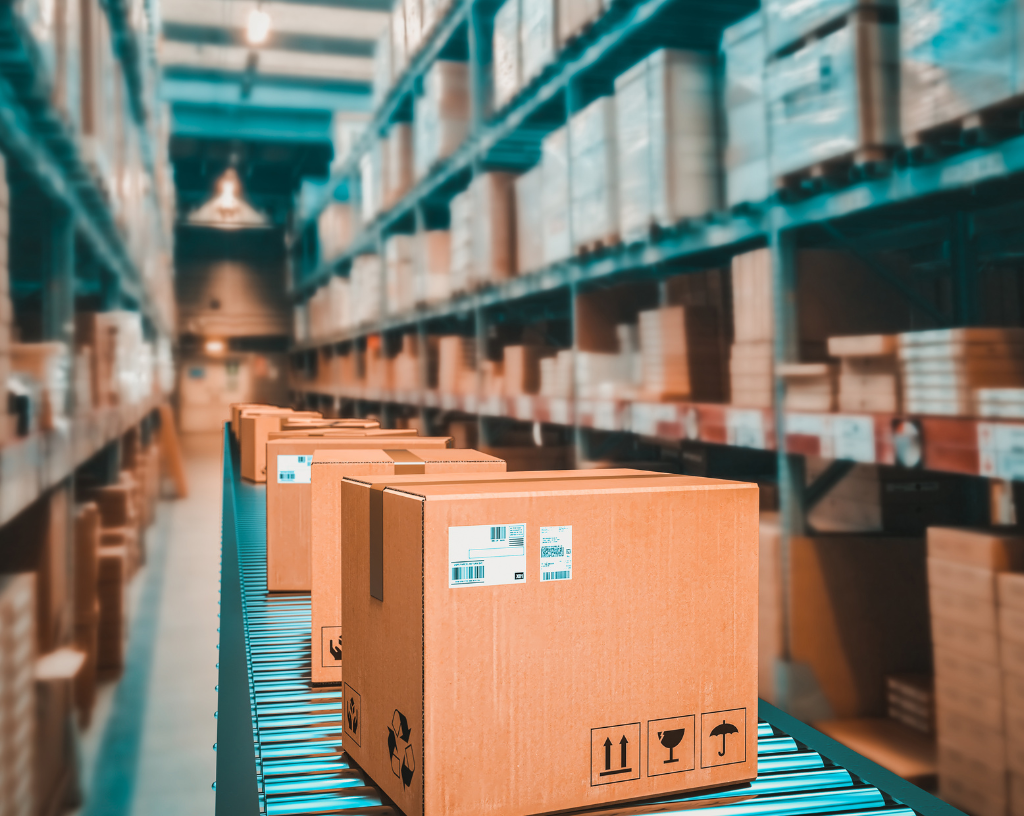In the world of manufacturing, responding to rapidly evolving tariffs has dominated the narrative of 2025. As PR professionals who work with manufacturers every day, we’ve had a front-row seat to the complexities that trade policy, supply chain volatility and workforce uncertainty pose to the industry.
While no two companies are exactly alike, three communication strategies have emerged as essential for manufacturers navigating this environment with confidence.
Lead the Conversation, Don’t Follow It
Keeping up with the news isn’t enough. Companies must actively shape their narrative or risk someone else doing it for them. That begins internally. Before focusing on external messaging, manufacturers should invest in strong internal communications plans.
Employees don’t expect leadership to have all the answers, but they do expect transparency. Acknowledging uncertainties around increased pricing, job security, or tariffs can reassure teams and build trust. Nobody knows what tomorrow’s policies will bring, so use your communication strategy to narrate the principles guiding your strategic business decisions.
An informed and aligned team not only contributes to a stable culture but also becomes a powerful extension of your brand voice—amplifying your message and values across their own networks.
Make a Tariff Communications Plan
A strategic crisis response begins before the crisis hits. Manufacturers should have a clear communications plan in place that outlines how they’ll respond to tariff-related questions from various key stakeholders, including employees, customers, partners and media.
Having proactive messaging prepared ensures you’re not scrambling when a trade policy shift hits the headlines. Whether it’s a public statement or a one-on-one conversation with a key customer, planning ahead lets your brand stay focused, credible and calm. This plan can also include talking points for any upcoming tradeshows on your calendar and responses to common questions on social media.
Determining who will be the brand voice on this topic is also essential. While a Sales VP or other executive leader may be the key spokesperson for announcements and statements from your brand, consider if your company’s voice of authority should be a different leader for a higher-stakes topic impacting many different audiences. If that person is uncomfortable discussing the topic, it’s time to media train them now and align them with the correct tools and messaging.
Build Relationships with Trade Media
All too often, manufacturing companies only reach out to trade media when a new product is released, or when the company has a press release announcement to share. We recommend that our clients position themselves as an ongoing resource for editors and journalists to build relationships with key trade media contacts, even if the spotlight isn’t directly on their company. This can look like offering to comment on breaking news and industry trends or sharing data and insights to support future stories.
Trade shows provide your company with the opportunity to meet with editors and journalists in person to share how your organization is dealing with tariffs. It’s common for manufacturing executives and subject matter experts to set up informal meetings or invite members of trade media to visit the company booth for an interview with the product team. Your presence at trade shows will establish credibility and transform your brand into an expert resource for trade media.
In a year marked by uncertainty, the companies leading the narrative will be best positioned to thrive. By investing in internal communications, preparing a tariff communications plan, and spreading quality content across digital platforms, you don’t just react to the news cycle—you shape it. For manufacturers in 2025, a proactive communications strategy isn’t just helpful, it’s essential.
Whether you’re in manufacturing, technology, med-tech/device or any industry that is being impacted by tariffs, we’d love to offer you counsel and assistance in developing strategies to lead the narrative whether it’s preparing a tariff communications plan, developing key messages, reaching out to media or exploring other tactics that are right for your brand. Contact us to get started today.

